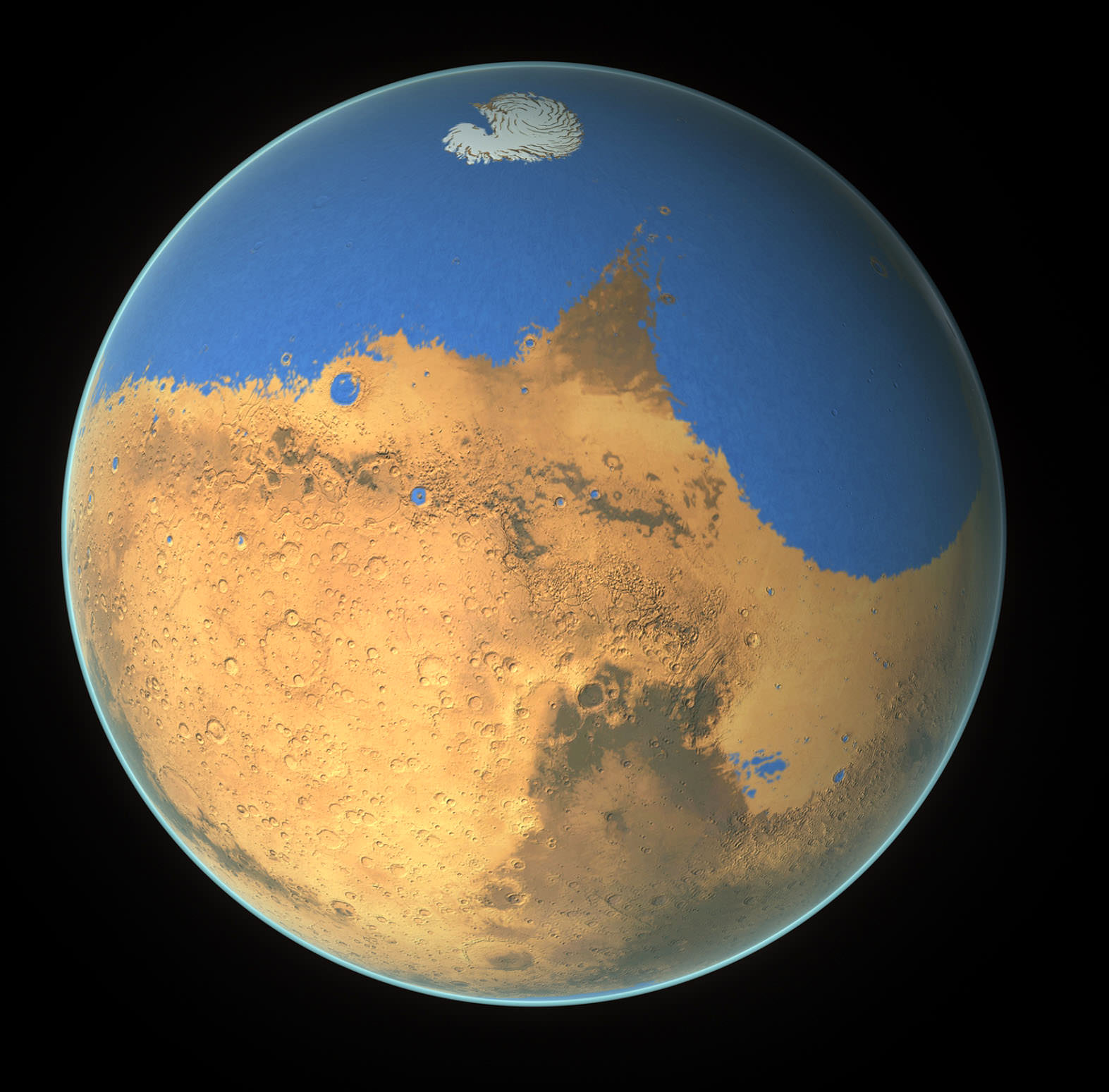Few scientists doubt that Mars was once warm and wet. The evidence for a warm, watery past keeps accumulating, and even healthy skepticism can’t dismiss it. All this evidence begs the next question: what happened to it?
Continue reading “One Step Closer to Solving the Mystery of Mars’ Lost Water”One Step Closer to Solving the Mystery of Mars’ Lost Water


